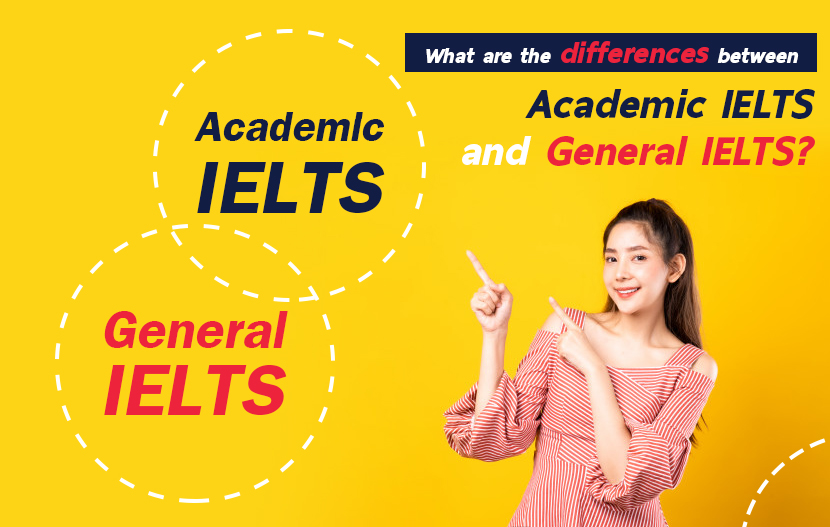IELTS (International English Language Testing System) tests are growing in popularity every year. In 2018 alone, 3.5 million people took this test. There are two versions of the IELTS test: Academic IELTS and General IELTS. Each version is designed for a different purpose.
General IELTS purpose(s)
Mostly people takes General IELTS tests for immigration and employment purposes. If you intend to move to the United Kingdom, Canada, Australia, or New Zealand, then you need to take the General IELTS test.
This test has become a requirement for most immigration processes in these countries. However, the General IELTS is not only for immigration. It is also used for international training programs and in many cases to evaluate the English level of staff or applying for jobs.
Academic IELTS purpose(s)
Many universities and academic organizations where English is the language of instruction require a certain score on the Academic IELTS as prerequisite from applicants. Academic IELTS uses academic content in the reading and writing section.
Difference in exam format
The IELTS test, whether general or academic, is a four skills test. Topics in the speaking and listening sections are the same in both version. There are two writing tasks and there are 40 questions in the reading section. But the nature of the writing tasks and the context of the reading will be geared towards academic and professional journals rather than everyday life.
Difference in scoring
The biggest difference may be the way these two versions of IELTS test are scored. Although listening, speaking and writing are scored the same for both General and Academic IELTS, the reading part of the Academic IELTS is scored more differently. The same number of correct answers will receive a higher band score on the Academic IELTS due to the more difficult nature of the reading texts.

